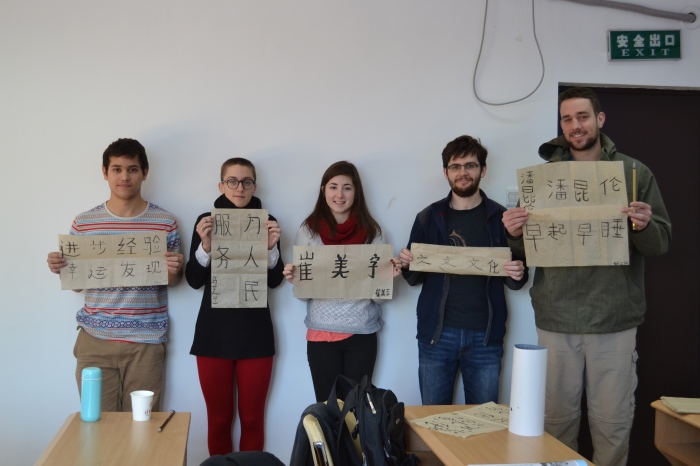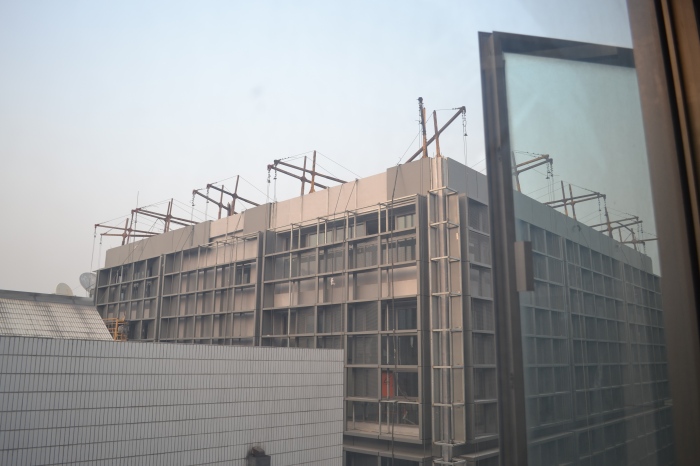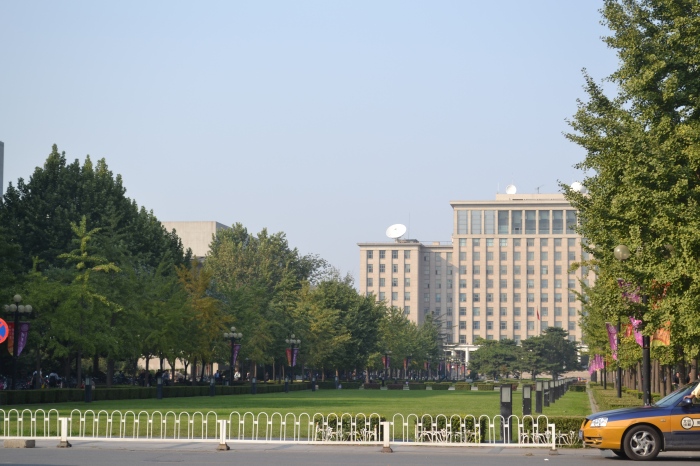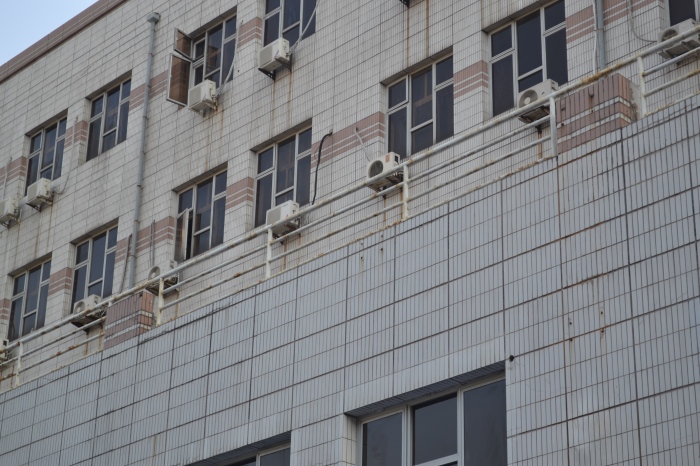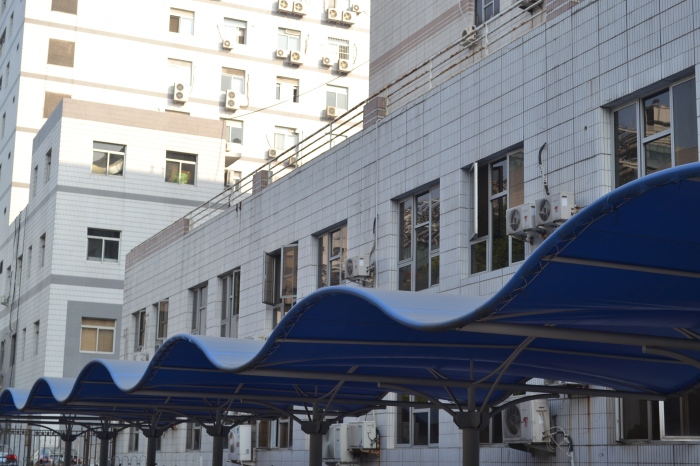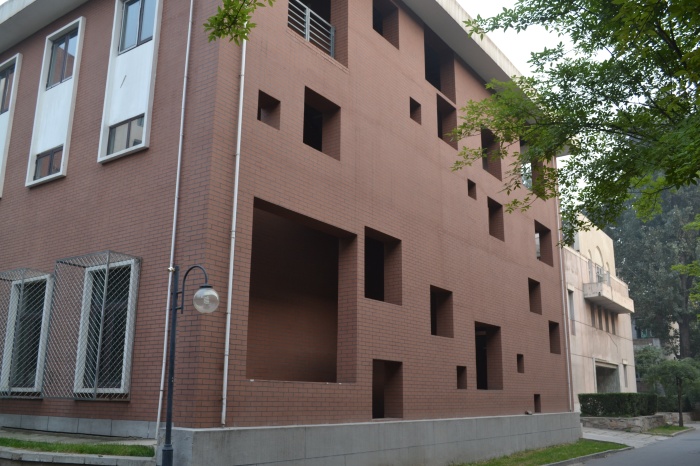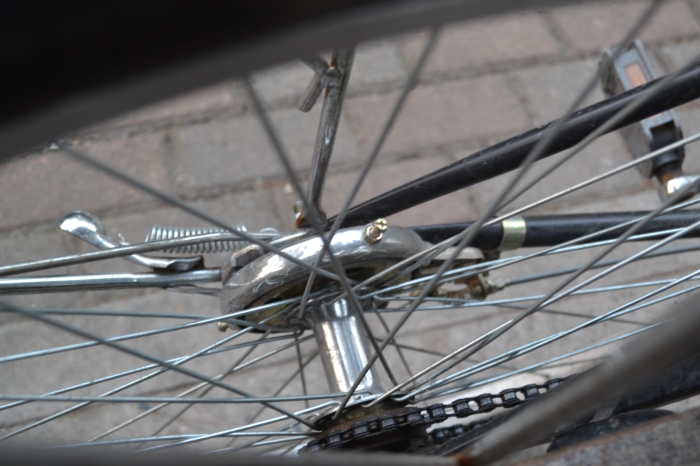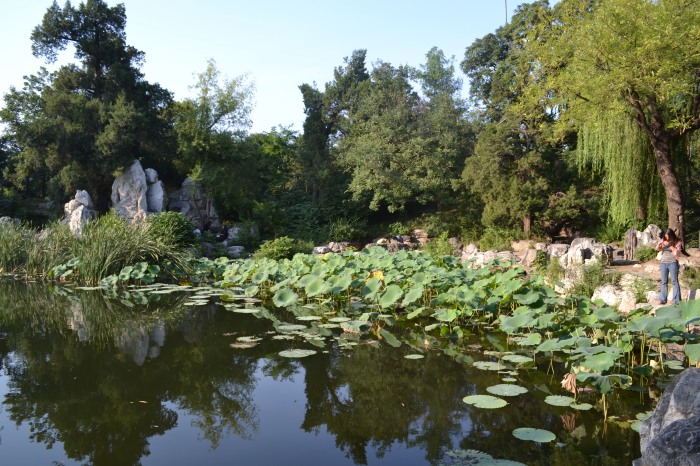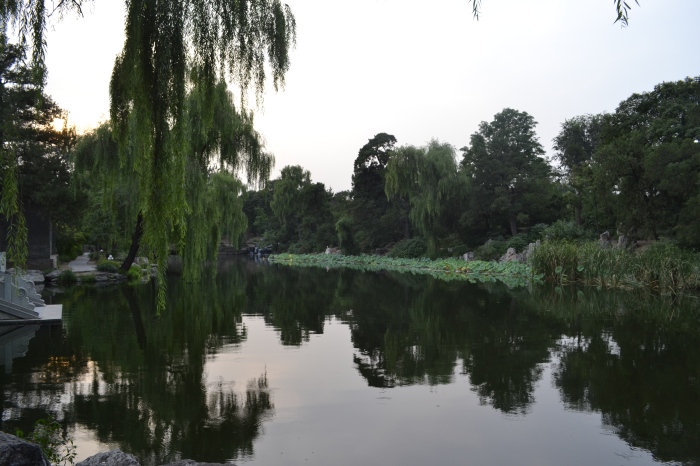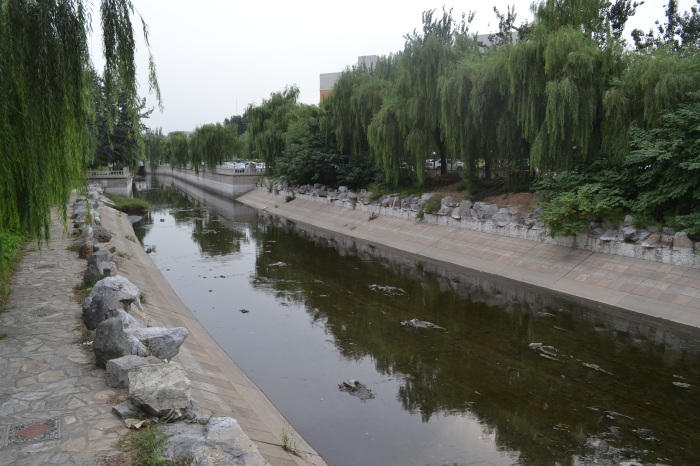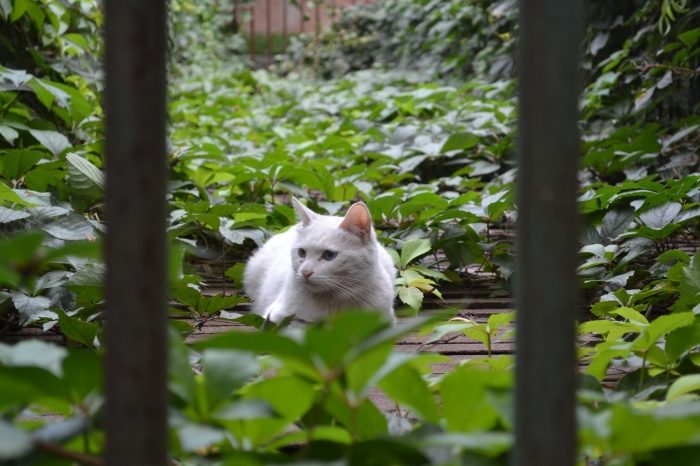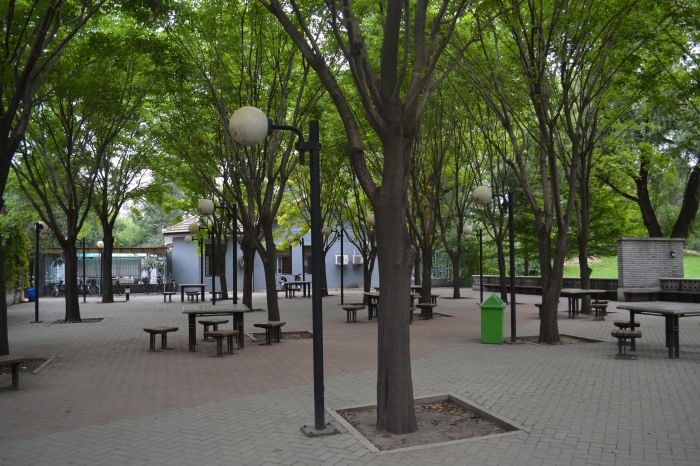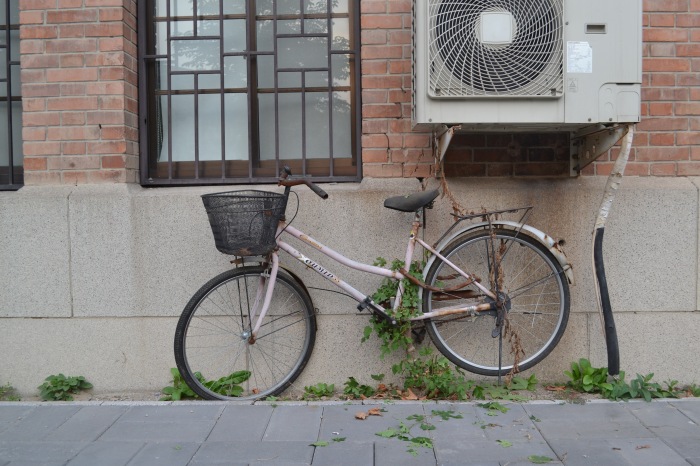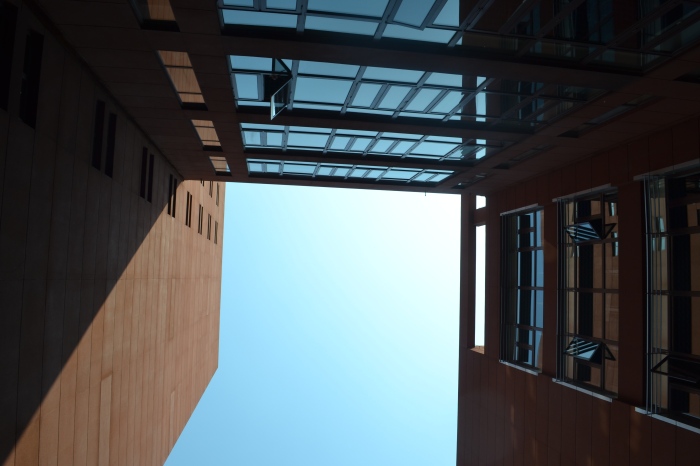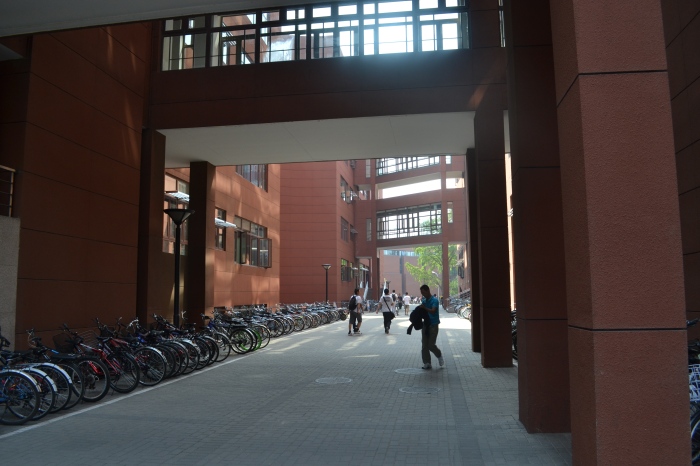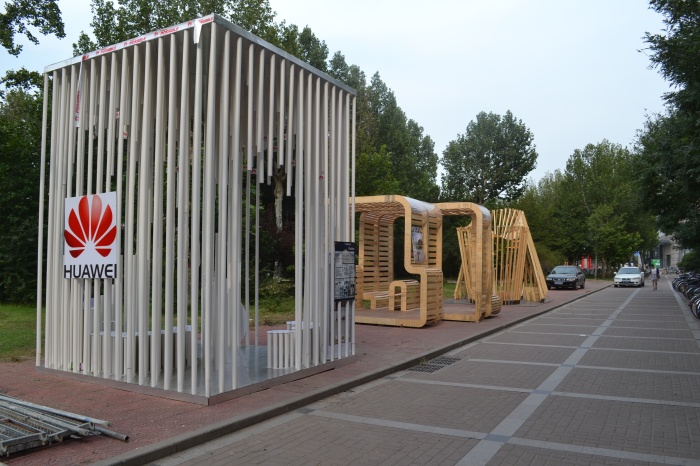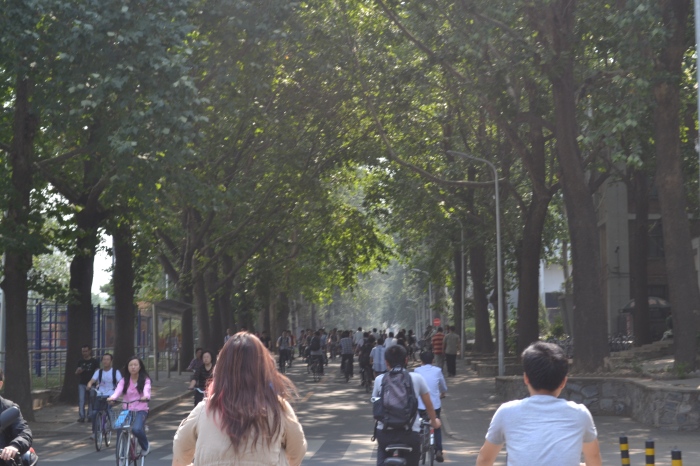For the new semester, I made the kind of difficult decision to focus almost exclusively on learning Chinese. Last semester, I took one section of Chinese (1 1/2 hours for 3 days) and 3 elective classes that I spent more time doing the work for than I did on my Chinese homework.
This semester, I take one architecture class and three hours of Chinese a day, five days a week. I’m also the only person in one of the sections, so things are naturally more intensive this semester.
So this post is partly an update of where I am with Chinese, and partly a small, small amateur guide to some of the online tools I’ve found helpful for studying. My list is by no means exhaustive or even that big, but if you’re learning Chinese there are a few really good things I’ve stumbled across that I think are useful.
Firstly, where I am with Chinese. When I got to China, I had been self-taught for a number of months and had a tutor with whom I met once a week for an hour and a half for about 3 months, so my Chinese was pretty minimal. I could say very basic things very, very slowly.
I ended up in intermediate Chinese anyway, which I found challenging but totally do-able. However, I don’t think I engaged with the language nearly as much as I could have. I didn’t review much, I rushed through my homework, and while I tried to be active in class, class was at 8 am and therefore painful.
This isn’t to say I didn’t improve. I learned a lot of every day Chinese by just being in China–going to the wet market, asking people for directions, buying things, haggling with vendors, etc. But I know I could have done better, and that brings me to this semester.
This semester, like I said, I’m taking more intensive Chinese. Except for my one-person class, my other sections have one other person in them, and I have class every day. Also, my teachers this semester are especially interested in teaching us vernacular Chinese and getting us to talk about ourselves, films, philosophy, and relationships (thus far). I have a suspicion that I’ve learned more these past three weeks than I have all of last semester.
The conversations we have in class are still extremely halting. Every other sentence I have to ask how to say some crucial word, and then try to fit it into a phrase. But very, very slowly we have had some good conversations.
In fact, yesterday I talked about a short film I made and managed to get the point across in very choppy Chinese. And the other day we talked about whether our lives are driven more by coincidence or destiny (having to stop and ask what the words for “coincidence” and “destiny” are of course).
This semester, the grammar structures are a lot more intense and nuanced, too. Yesterday I had a really hard time slowly going over some of them with my listening teacher, and even though it was really difficult, I feel like by the end of the semester I’ll be able to express myself in a lot subtler ways.
And of course, my every day Chinese keeps improving. I went to the market today to buy almonds and I understood that the vendor was telling one of the other customers that whatever she was buying was good for her health. I also understood all of what he said to me–try these almonds, they’re super excellent (well, he said “really, really good” technically), is it okay if I give you more than 1/2 a pound?).
But that also brings me to my serious shortcomings. My conversational Chinese is still pretty bad, especially not in a classroom setting where I can ask my English-speaking teacher how to say something. So even though I understood everything the vendor said to me, I could barely reply. The most I got out was, “Yeah, they are delicious”, “No I don’t want anything else”, and “It’s okay if it’s more than half a pound.” But it was a struggle to do that, and I found it hard to respond quickly and in a natural conversational rhythm.
And even though I can understand much, much more than I could even last semester, my listening skills aren’t very good, so I’m planning to really work hard in my listening class and develop that.
For my homework yesterday, I had to read a small “diary entry” in my textbook, and one of the paragraphs said, “Before I came to China I thought my Chinese level was pretty good, but after I got off the plane I realized I knew basically nothing.”
I definitely wasn’t as confident in my skills as that, but the realization of how little you know is definitely a familiar one. I think it’s safe to say, though, that I’ve reached the point where I can see things improving. I’m not saying fluency is in sight by any means, but I definitely feel like I’m confidently moving up in skill levels, and hopefully by this semester I’ll have made some dramatic improvements.
So on that note, some resources I’ve found helpful:
My favorite thing so far is a site my friend recommended called Slow Chinese. It’s a podcast series about different aspects of China recorded in slow, simple Chinese. I still have a really hard time understanding it, but each podcast comes with the text in Chinese below it, so that helps.
There are only a million flash card sites out there, so I think it really boils down to personal preference, but I’ve personally found Anki very useful since it works on a spaced repetition pattern. That is, you do the flashcards like you normally would, but after you answer, you tell Anki if the card was easy, good, or if you need it again. After you’ve done the card once, a “hard” option appears. This is so that Anki can shuffle to the front the cards you need the most help with. It then gives you a regimen where, out of the deck you make you might have 6 new cards to learn and 20 to review. The amount of time before you’ll see a card again depends on how difficult you find it, with the harder ones appearing more frequently. If you like having a regimen, I think this would be really useful.
Finally (this list is the smallest thing ever oops), if you want to get into the theory behind learning Chinese and how best to learn, Hacking Chinese has a lot of good articles on how to improve your tones, how best to learn characters, etc.
I feel like I should add that all three of these were recommended by my friend, as well as a host of other things I haven’t yet tried. Once I do, I’ll certainly report back to you all, or maybe make a links page of Chinese learning resources. Again, I am by no means the expert on this, but I thought these were some good sites.
This semester seems to be largely about shifting expectations that I have for many, many things, but learning Chinese is definitely one aspect of that. So here’s to a better, more productive semester, and see you all soon.
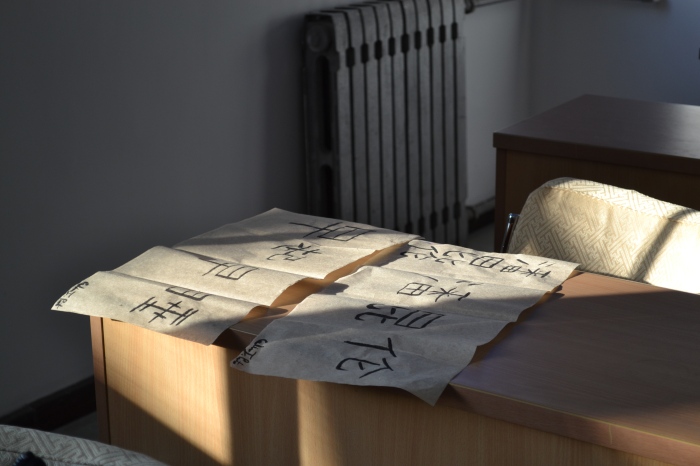
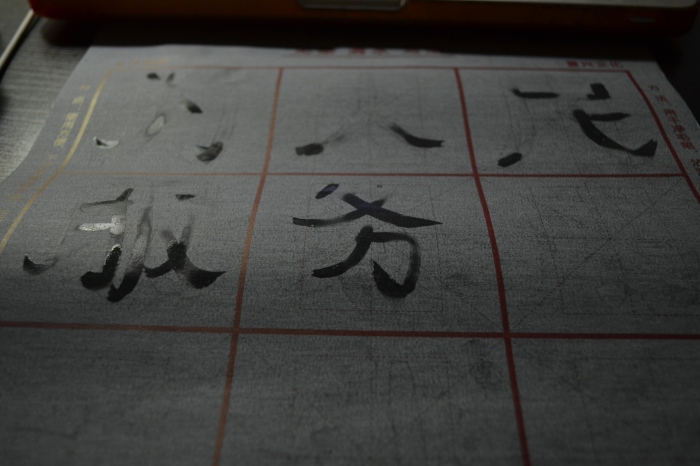
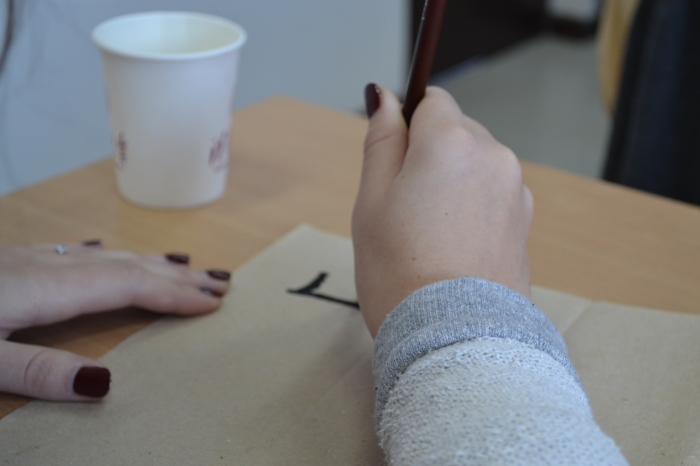



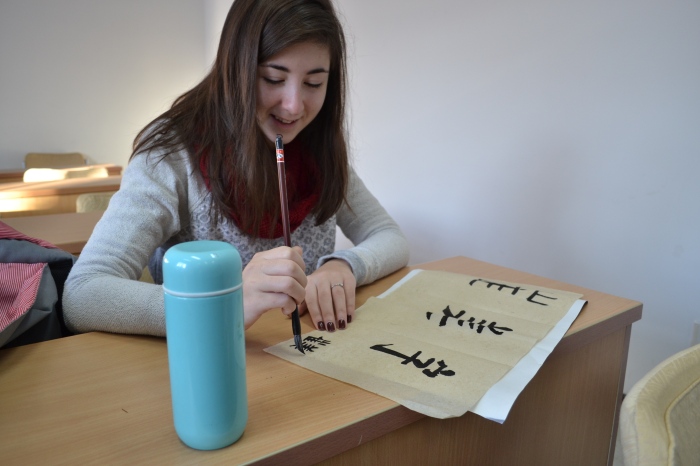 A character I always wondered about is 好, which means “good”, half of which is the character for woman and half of which is the character for “small thing”. In fact, one half represents daughter and the other son, and combined they mean “good” because families with both a daughter and a son were said to be very happy families.
A character I always wondered about is 好, which means “good”, half of which is the character for woman and half of which is the character for “small thing”. In fact, one half represents daughter and the other son, and combined they mean “good” because families with both a daughter and a son were said to be very happy families.